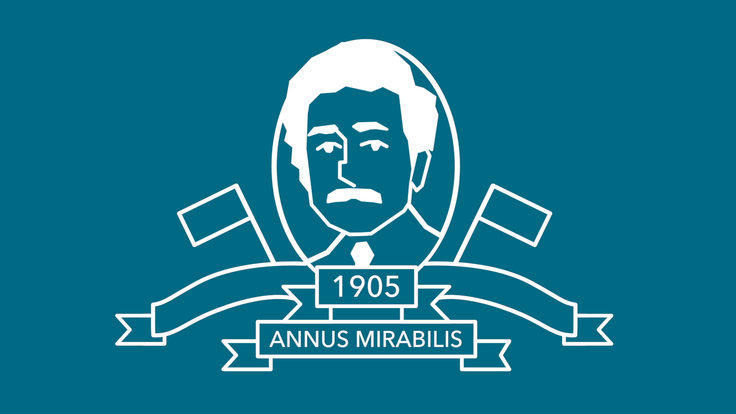
Mary Convery and Cons Gattuso in the Fermilab main control room choreographing the intricate dance of scientists, engineers, and technicians performing work around the lab.
After an interrupted power outage in February, dozens of people crowded into a standing-room-only planning meeting. They all wanted access to areas of the collider to do maintenance and repairs.
Cons Gattuso and Mary Convery had to schedule access around the Neutron Therapy Facility cancer treatment schedule while minimizing the amount of beam down time and late hours worked.
“Everyone is looking after their own systems,” Gattuso says. “They have their machines in mind, while we keep an eye on the entire accelerator complex.”
As the Accelerator Division's current run coordinator and deputy run coordinator, Gattuso and Convery balance running the complex's day-to-day operations, regular maintenance, and immediate repairs. They also have to mesh the various personalities and interests of hundreds of people working in the AD and detector groups.
“It takes a special personality to make those decisions, to diffuse situations and to make it all work,” says Roger Dixon, AD head.
The pair foster a work atmosphere that strives for continual improvement mixed with a little fun.
Since they began in their respective positions four months ago, the Tevatron has reached record luminosities, including an integrated weekly luminosity of 74 inverse picobarns in December.
As an incentive to operators to boost luminosity, Gattuso promised operators that if the complex achieves 1700 recorded inverse picobarns by May 3, he will show up to his regularly scheduled Friday morning meeting on May 8 wearing a pink tutu. The goal doubles the number of inverse picobarns recorded during the same period last year. Since the fiscal year began in October, the complex has recorded 1200 inverse picobarns.
Gattuso says wearing a tutu is all in the name of continually improving collider operations.
“One of my top priorities is to make the job fun,” he adds.
Middle managers: A balancing act
While physicists used to work as run coordinators for four months periods, the position became full-time in December 2003. Gattuso, who helped design and build the Recycler Ring, is the complex's fourth run coordinator since that restructuring. While historically run coordinators have selected deputies as their eventual replacements, Gattuso and Convery, a CDF collaboration member for more than 10 years, hope to work together until the Tevatron is shut down in 2010 or 2011.
They daily listen to reports and requests from all areas of the complex, distilling them into an update for Dixon and Czarapata. Each morning the four discuss current issues and plans for the complex.
“They take a huge weight off my shoulders,” Dixon says. “The run coordinators are critical to the success of the operating program. I can’t stress the importance of their job enough.”
The duo currently take turns at calling the shots for three weeks at a time, a schedule that prevents them from getting burned out and allows them to continue to collaborate on other projects.
“To a certain extent, you are driving what the complex is doing,” Gattuso says. “You have a lot of responsibility. Your decisions affect people and the physics done throughout the lab.”
While others may crumble under such a fast-paced, high-stress job, Gattuso and Convery seem accustomed to the lifestyle. They don’t seem to mind the calls in the middle of the night or get affected by the tempers that can flare in tense situations. Neither seems to require much sleep. Gattuso is awake each day and at the laboratory by 3 or 4 a.m. Both have young children.
“It never stops,” Cons says. “I really don't know how to gauge how long one day is. Even when we are home we keep in close contact to what is happening in the accelerator complex.”






